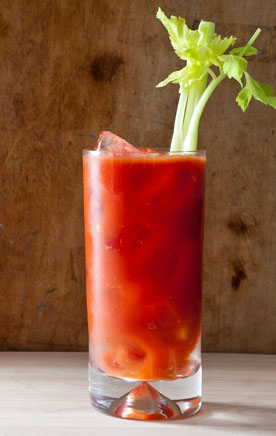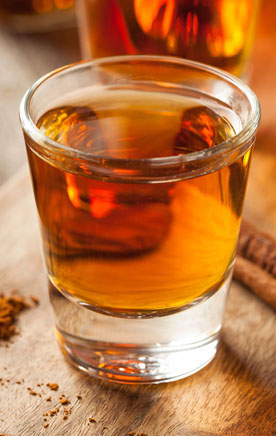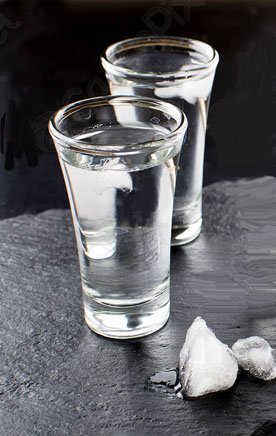Malbec
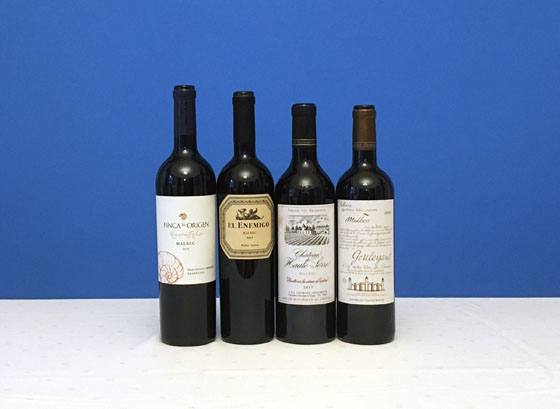
The Tasting:
The Fifty Best held a “blind” tasting of recently released malbec wines with 12 members of our wine judging panel. Strict tasting rules were applied. The order of service was established beforehand by lottery. Each of the wines were poured into fresh glasses from new sealed bottles. Only ice water and crusty white peasant bread were available to cleanse the palate.
The judges wrote down their impressions of each wine on score sheets. The scoring was done on a 5-point system, with 5 as the highest. Gold and Silver medals are awarded according to a set range of final point scores received from the judges.
The tasting notes that follow are summaries of the judges’ opinions, with all replicated commentary eliminated. The appellations and countries are identified for each brand. Prices indicated do not include tax.
|
|
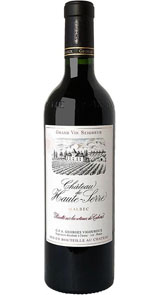 |
|
|
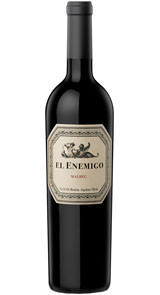 |
|
|
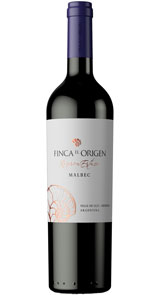
|
|
|
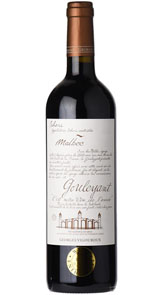 |
Malbec and the Resurrection of France's Forgotten Wine
Malbec, sometimes called Côt, Pressac and Auxerois, is originally from France where it grows in the Sud-Ouest. At first, the grape enjoyed popularity in Saint Emilion and other Right Bank areas. In the 1700’s, Sieur Malbek brought the grape from the Right Bank and planted it in a wide variety of terroirs in the Medoc . Due to the success and popularity of Pressac in the Left Bank of Bordeaux, the grape was renamed Malbec in his honor.
It had become a common blending grape as one of Bordeaux's original five main wine grape varietals. Some estates used as much as 50% in their blends during the earlier part of the 1800’s. However, because of the grapes’ poor resistance to weather and pests, it never graduated to a top French variety. After the phylloxera epidemic, in Bordeaux, much of the vines devoted to Malbec were destroyed. And after a bad frost in 1956, Bordeaux pretty much ditched the malbec grape. Instead, it found a new home in Mendoza, Argentina in the Andes mountain range, where a nostalgic French botanist, Michel Pouget, originally planted Malbec in 1868 by order of the mayor.
The dark colored, thin skinned Malbec grape requires specific climatic conditions to fully ripen. The terroir in Mendoza, with its dry climate, sunny weather and high elevations is perfectly suited for Malbec, since Malbec thrives in high elevation areas with wide temperature shifts (i.e. hot days, cold nights) allowing the grapes to produce more acidity necessary to create great tasting and long lasting wine.
Argentina reinvigorated Malbec as one of the top 18 noble grapes. Mendoza leads production with over 75% of all the acres of Malbec in the world, second to France, then the United States. Today, very little Malbec is planted or used in the blends for Bordeaux wine. The majority of France’s Malbec is now from Cahors, a small town midway between Bordeaux to the west and Côtes-du-Rhône, where the grape continues to enjoy a long history in the region that could date back to the ancient Romans. In the appellation of Cahors, an AOC law dictates that no less than 70% of the variety be included in the blend of Malbecs. Malbec currently grows in seven countries and continues to increase in popularity. There's about 100,000 acres of Malbec grapes planted worldwide.
Malbec wine is a deep purple-red that is nearly opaque, similar to Syrah and Mourvedre. However, Malbec wines will often have a bright magenta rim. So look for that magenta-tinged rim. Argentinean Malbecs are known for its plump dark fruit flavors of blackberry, blueberry and black raspberry; and smoky finish. The Cahors wines (typically identified by the appellation, not the varietal) offer a more rustic style, with chalky tannins and notes of violets, blackcurrants and cherries. The full bodied Malbecs offer a great alternative to higher priced Cabernet Sauvignon and Syrah. Malbec is a food friendly wine, which is easy to pair and match with foods. Most Argentinians will agree that Malbec is perfect with grilled or barbecued meats and sausage. With its rich textures and spicy personality, Malbec also matches well with beef, veal, chicken, pork, sausage, cured meats and dry cheeses, braised or stewed dishes, and most spicy cuisines.
Disclaimer: This section of the website is intended for visitors 21 years of age and older.
If you are not of legal drinking age, please exit by clicking here.
Please drink responsibly!



